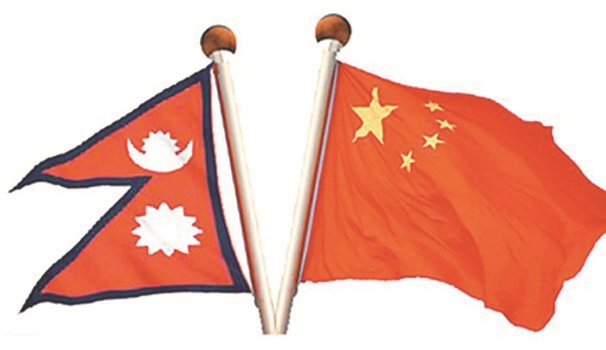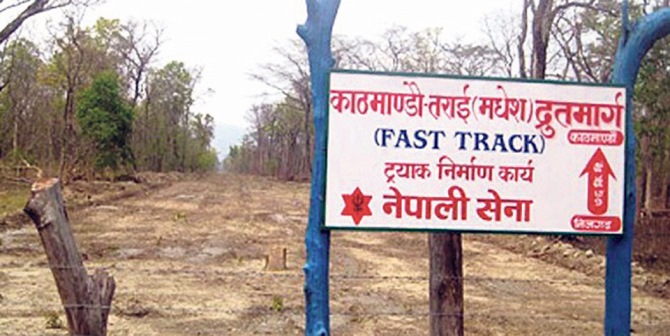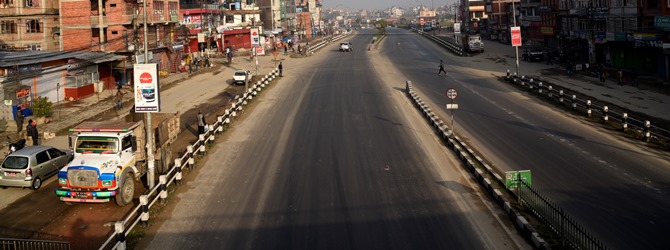15,748 women in security bodies rise to ranks for leadership

By Purushottam P. Khatri
Kathmandu, Dec. 6: Over the years, women’s presence in the security bodies has been growing. Seventy years after Nepal Police started appointing women, the female work force makes up to 8.5 per cent of the total number of staff in Nepal Police, while they constitute 12 per cent of Armed Police Force, and 4.5 per cent of the Nepali Army.
That more and more women traffic police are handling the burdensome road traffic while several other female soldiers have been managing the bodies of the COVID-19 victims at Aryaghat is a testament to the fact that they can shoulder equal responsibilities as that of their male counterparts.
The security bodies have certainly realized this and women personnel are slowly but surely claiming the top posts in security bodies. Two years ago, a doctor from technical service (Health), Durga Thapa, set the record by becoming the first lady Additional Inspector General (AIG) of the Nepal Police. After Thapa, Dr. Asha Singh took the position of AIG in the police. Dr. Singh is currently the medical director of Nepal Police Hospital.
Not only in technical service, but also in the administration section women have been making their mark in the upper echelons of security agencies.
Currently, there are seven female Senior Superintendents of Police (SSPs), eight Superintendent of Police (SPs), 27 Deputy Superintendent of Police (DSPs), and 111 Inspectors in Nepal Police.
In 2018, for the first time in the history of Nepal Army (NA), Major Sulochana Poudel passed the Army Command and Staff College (ACSC) course. The ACSC course is considered essential in the army to claim further higher command. Major Poudel, during her training period in 2018, shared her views to this reporter, "Military service is certainly not easy. There are difficulties, but depending on how you take they; I took the difficulties positively.”
Women started joining the army since 1959. However, it wasn’t until 1989 that women enrollment would finally begin to see a gradual surge, according to the army headquarters. Before 2004, women used to be taken only in the technical services. NA began recruiting women in infantry category (war sector) beginning from the second lieutenant post only after 2004.
At present, there are 198 women officers in the normal rank (infantry) and 200 technical officers. Altogether 5,989 women are now in the army including 419 women officers from legal, technical, clerk and other divisions. The number of women personnel in the United Nations Peacekeeping Mission is also growing, said Army spokesperson and Brigadier General Shantosh Ballave Poudyal.
At present, four women are serving in the rank of brigadier general under technical services, 13 as colonels, one in legal, 12 in technical service, and 27 in lieutenant colonel ranks. In the normal category, 83 of 138 women officers have reached up to the rank of major. Of the total 419 women officers, 147 are captains, 13 acting captains and 77 lieutenants.
A separate brigade has also been made to give priority to women. Women have been leading the Gorakh Kali Company under the Valley Division Headquarters.
Similarly, recruitment of women in Nepal Police began from 1951 AD. The first woman police enrolled in Nepal Police was Chaita Maya Dangol, appointed as constable in 1951. She retired as Assistant Sub Inspector (ASI) in 1982.
In 1992, women were recruited as inspectors for the first time through open competition. Current SSP Pooja Singh is the only woman who was appointed as inspector in 1992. In 1994, four women, Mira Chaudhary, Kiran Bajracharya, Kiran Rana and Durga Singh Chand, were recruited in the post of inspector. Chaudhary and Bajracharya were promoted to SSP last year while Rana and Chand are awaiting promotions. SSP Bajrachary is currently police chief at the Metropolitan Police Range, Lalitpur.
Earlier, Bimala Thapa and Parbati Thapa had managed to reach the post of DIG from administration service.
At present, the total number of policewomen is 6,837 with seven SSPs, eight SPs, 27 DSPs and 111 women inspectors. Similarly, there are 295 SIs, 472 ASIs, 964 constables, 4,527 women privates (Jawans) and 425 office assistants.
Police spokesperson and SSP Basanta Kunwar said that the police service is becoming more effective as the number of women is increasing. "In the Women and Children's Service Centre known as women cell, we have female staffs as in-charge," he said.
To make it easier for women to work, the police have also formulated and implemented gender policy, SSP Kunwar said.
Likewise, the number of women in the APF Nepal, the country's youngest security organisation, currently stands at 2,922. From the fourth batch of inspectors in 2003, women started enrolling in APF.
Yamuna Simkhada, who was enrolled in the fourth batch, is currently a DSP. Similarly, Rajani Thapa and Laxmi Thapaliya, who were enrolled in the fifth batch, were also promoted to the post of DSP last year. There are three women SPs, 16 DSPs, 46 inspectors, zero Senior Sub Inspector (SSI), 81 Sub Inspectors, 31 ASIs, 22 Senior Head Constables (SHC), 136 Head Constables, 309 Assistant Head Constables, 2,042 Constables, and 236 followers in the APF.
In the APF, out of the total number of vacancies, 55 per cent are for open category and 45 per cent are inclusive, out of which 20 per cent is reserved for women, according to DIG and spokesperson Raju Aryal.
DIG Aryal said infrastructures, which need to be built upon the requirement and necessity of the armed policewomen and officers, are still lacking across the country but the headquarters is giving due priority in their skill and professional development ensuring equal and respectable presence and participation in what the other male officers and juniors are enjoying.
Recent News

Do not make expressions casting dout on election: EC
14 Apr, 2022
CM Bhatta says may New Year 2079 BS inspire positive thinking
14 Apr, 2022
Three new cases, 44 recoveries in 24 hours
14 Apr, 2022
689 climbers of 84 teams so far acquire permits for climbing various peaks this spring season
14 Apr, 2022
How the rising cost of living crisis is impacting Nepal
14 Apr, 2022
US military confirms an interstellar meteor collided with Earth
14 Apr, 2022
Valneva Covid vaccine approved for use in UK
14 Apr, 2022
Chair Prachanda highlights need of unity among Maoist, Communist forces
14 Apr, 2022
Ranbir Kapoor and Alia Bhatt: Bollywood toasts star couple on wedding
14 Apr, 2022
President Bhandari confers decorations (Photo Feature)
14 Apr, 2022
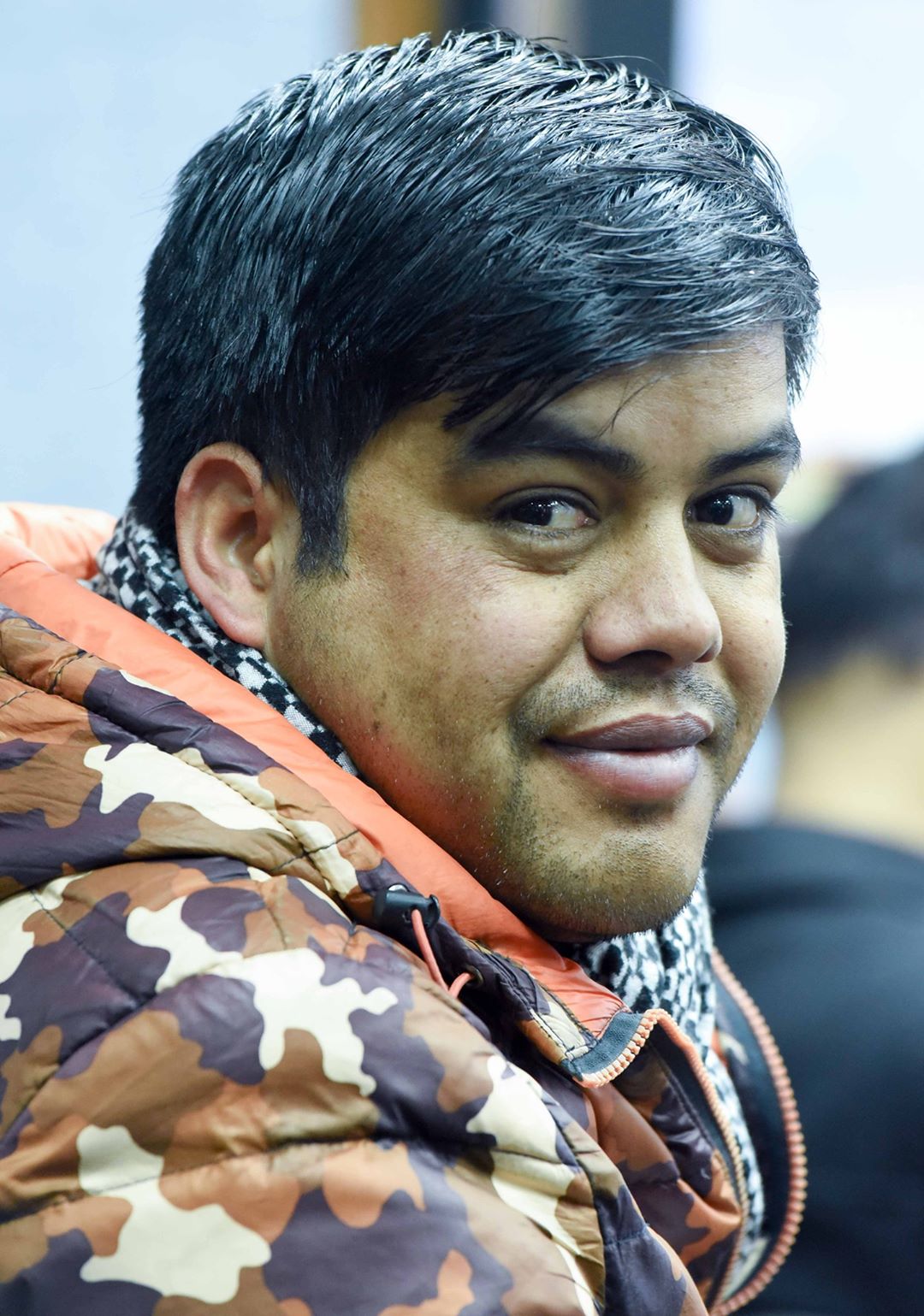


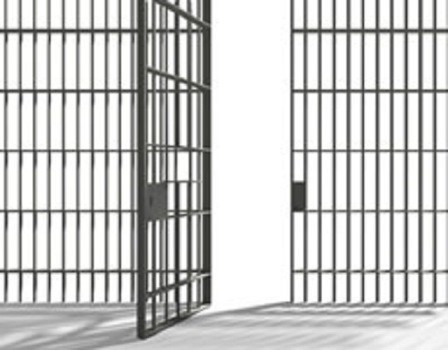
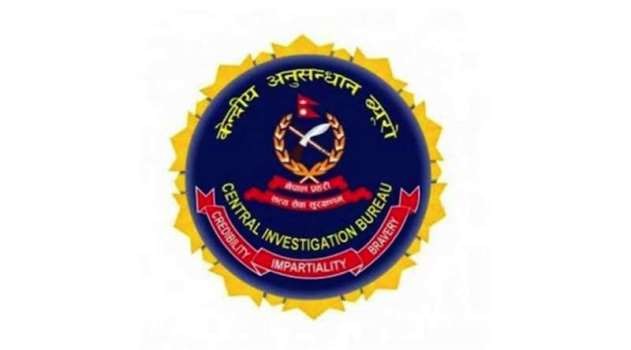
.jpg)

